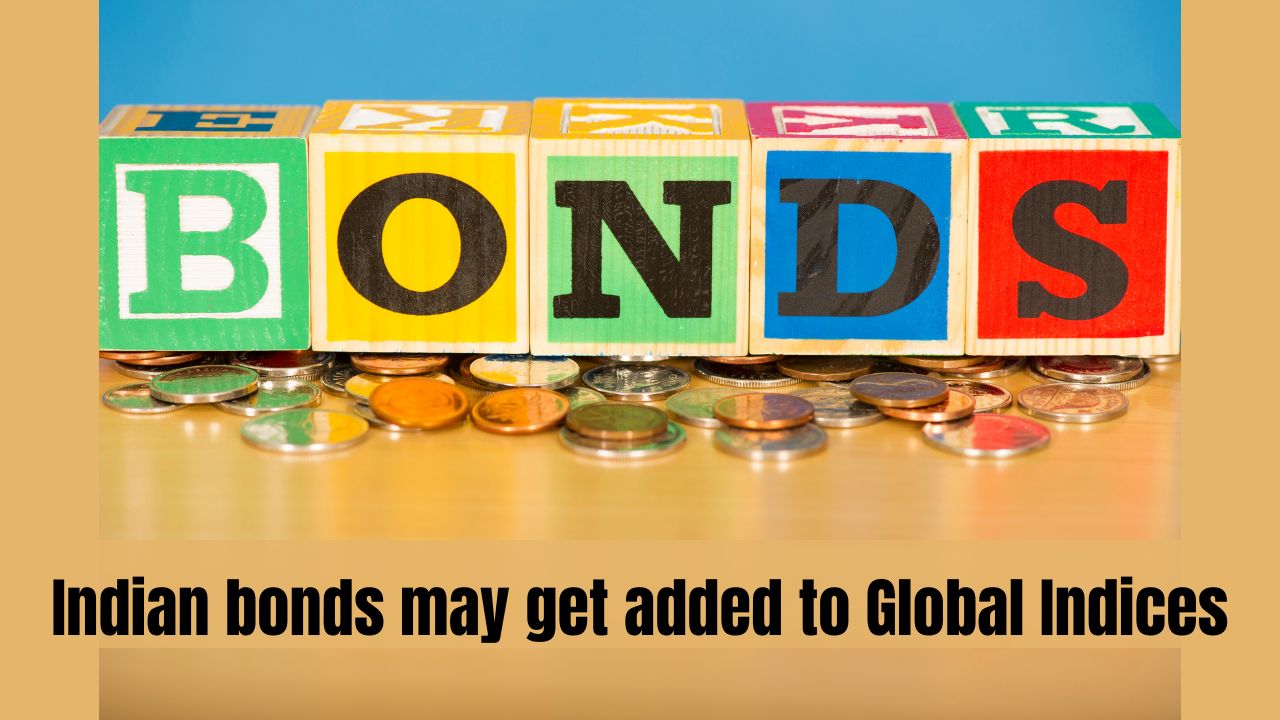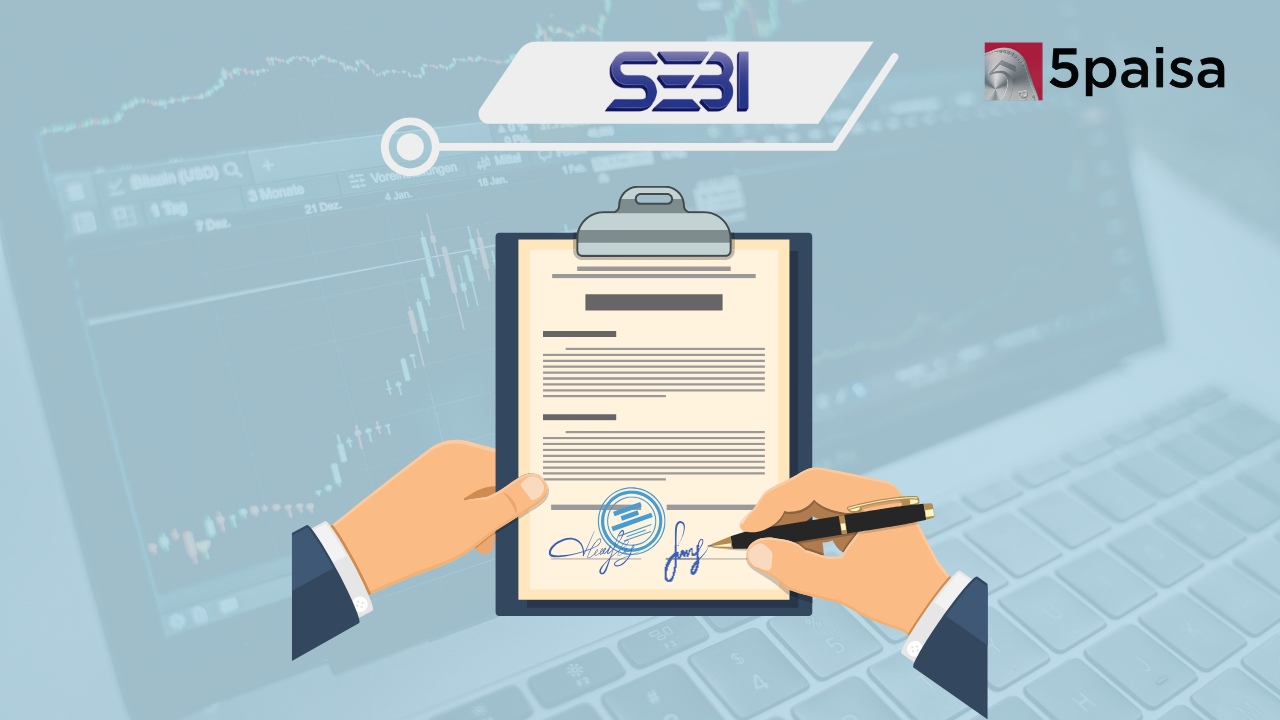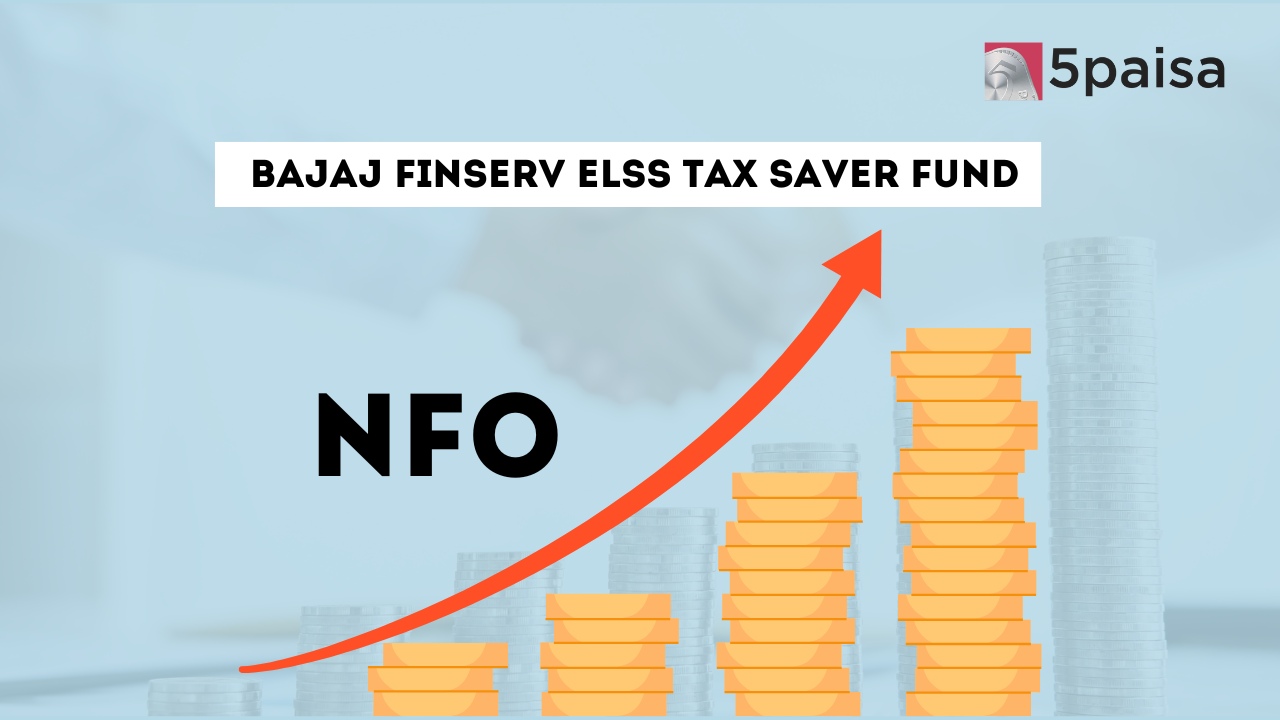Nifty, Sensex Rebound as Heavyweights Lead Market Recovery
Indian bonds may be included in global indices next year

Last Updated: 10th December 2022 - 04:28 pm
In September 2021, Morgan Stanley had issued a reported hinting at the imminent inclusion of Indian bonds in the global bond benchmarks. This refers to the government securities inclusion in the debt indices, which is not happening currently. While most Indian equity stocks are already included in the global equity indices, the Indian bonds are yet to be added due to issues over floating stock, Indian tax rules etc. Now Goldman Sachs has issued a note saying that Indian bonds could be included in the bond indices by the year 2023.
Why does the inclusion in the bond indices matter? You just need to look at equities to understand the reason. Today bulk of the money that comes into Indian equities is through passive funds that is index funds and index ETFs. These are typically benchmarked to the MSCI global equity indices and Asia indices. If the bonds are also included in the JP Morgan global bond indices, it is estimated that India could get passive bond inflows of nearly $30 billion. That would go a long way in bridging the budgetary fiscal gap.
According to a note put out by analysts at Goldman Sachs, Indian government bonds are expected to be included in the JPMorgan Government Bond Index-Emerging Markets (GBI-EM) during the year 2023. There are still pending concerns over procedural issues and issues with regard to the diversification of the index. Once that is sorted out, the Indian government bonds are expected to be included by the coming year. Goldman Sachs has expressed confidence that these issues should get sorted out in the next year or so.
The maximum weight that will be assigned to India would be 10%. Even a 10% weightage would be good enough to entail bond market inflows of nearly $30 billion. This $30 billion will be in the form of passive inflows of foreign funds looking to track the Indian bond index. India runs a current account deficit of 1.5% of GDP and this is likely to go up to 3% to 5% of GDP by the end of fiscal 2023. The flow of money from bond funds will go a long way in ensuring that this gap is adequately bridged, or we can say adequately funded.
The Goldman Sachs report has highlighted that Indian government bond market was worth $1 trillion, making it one of the biggest bond markets among EMs. Obviously, such a deep and high-yielding market, would not only enhance the yields on their portfolio but also allow them to diversify their risk. This will be meaningful for EM investors since it gives them the added advantage of higher yields plus reduction of concentration risk. Also, Goldman Sachs feels that the exit of Russia from the indices can be best filled up by India.
India has also made some tweaks to the regulations. For instance, now the local custodians are allowed to pre-fund trades on behalf of foreign investors. This is likely to strengthen the case of India for inclusion in the index. Formerly, foreign investors looking to trade in Indian bonds were asked to pre-fund around 3% cash in an onshore margin account. This added to the cost and narrowed the spreads considerably. With that stipulation being removed, there are not too many procedural constraints for delaying the approval any further.
It may be recollected that at the peak of the COVID crisis, the RBI had introduced the fully accessible route (FAR). This special route permits foreign investors to invest in Indian rupee bonds without restrictions. Many of these bonds will become index eligible in the next one year or so. some of which will become index eligible by 2023. Currently, about one-quarter of Indian government bonds are FAR bonds. There also have been some procedural steps take like resolving the posting of margin requirements and extended settlement times.
- Flat ₹20 Brokerage
- Next-gen Trading
- Advance Charting
- Actionable Ideas
Trending on 5paisa
Indian Market Related Articles
Disclaimer: Investment in securities market are subject to market risks, read all the related documents carefully before investing. For detailed disclaimer please Click here.
 5paisa Research Team
5paisa Research Team




